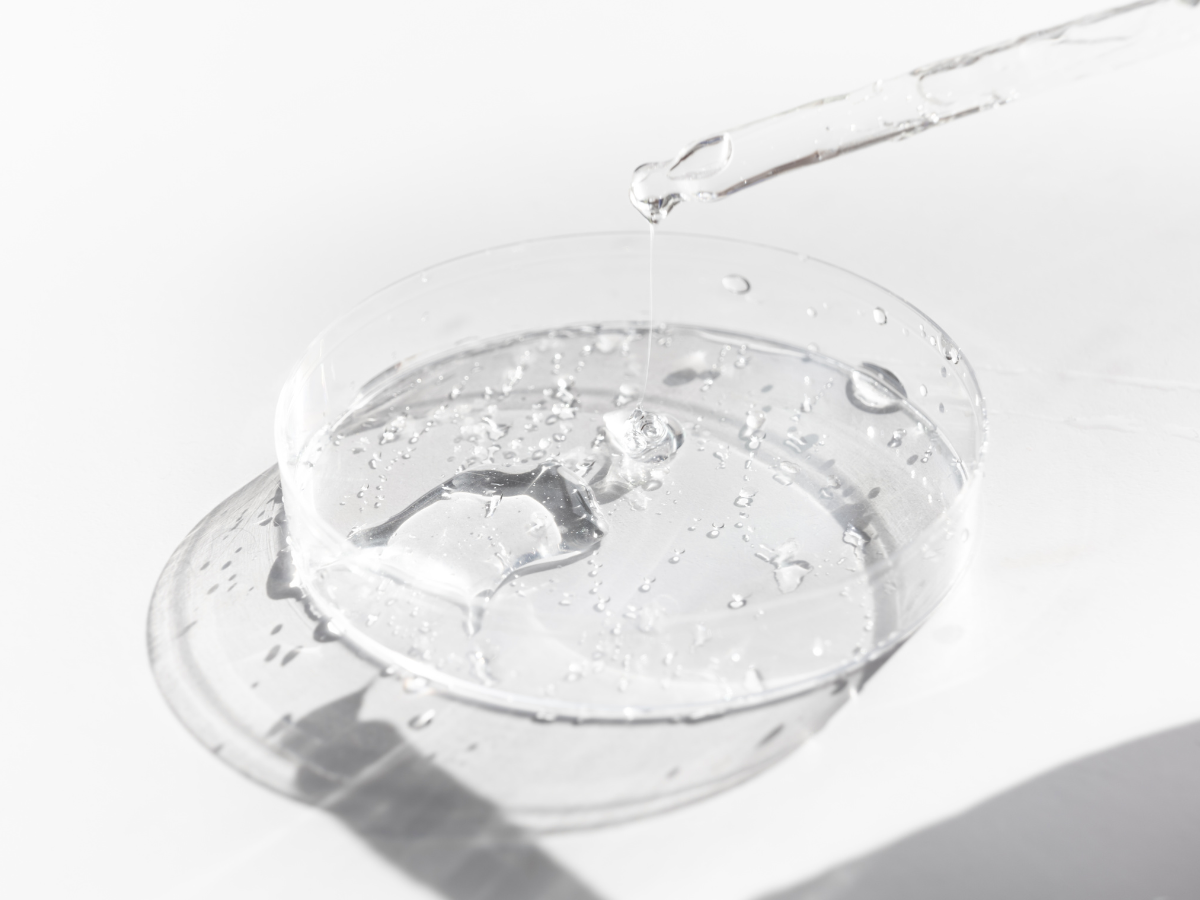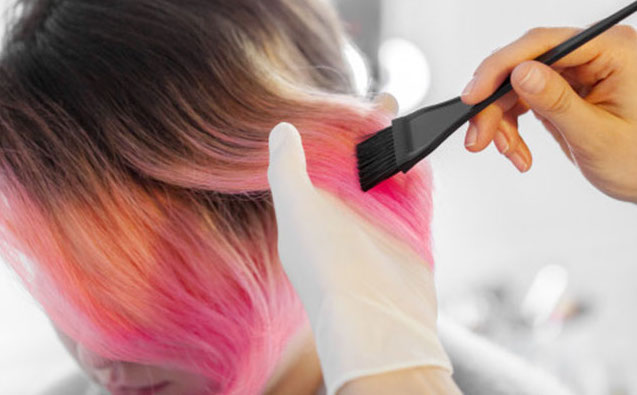JAPANESE COSMETICS REGULATION
The Pharmaceutical and Medical Device Agency (PMDA, an independent agency) and the Ministry of Health, Labour and Welfare (MHLW) are the entities that regulate cosmetic products made available in the Japanese market. Together, they assess the safety and efficacy of quasi-drugs and cosmetic products. Since 2014, the Pharmaceutical and Medical Device Act (PMD Act) is the regulation that applies to these products, replacing the former Japanese Pharmaceutical Affairs Law (JPAL). It sets requirements of regulatory compliance for cosmetics and quasi-drugs, defining and differentiating these two categories.
According to the Japanese regulation, cosmetics are “articles with mild action on the human body, which are intended to be applied to the human body through rubbing, sprinkling or other methods, aiming to clean beautify and increase the attractiveness, alter the appearance or to keep the skin or hair in good condition”. Examples of products considered cosmetics are: perfume and eau de cologne; make-up; skin care; hair care; soaps; special purpose cosmetics like sunscreen and shaving cream.
Quasi-drugs have officially recognized active ingredients and are defined as products that: prevent nausea and other discomforts; prevent heat rash, soreness, etc.; encourage hair growth or removing hair; exterminate and prevent mice, flies, mosquitoes, fleas, and others. Products like deodorants, depilatories, hair growth treatments, hair dyes, perm and straightening products, and medicated cosmetics (whitening, anti-aging, anti-acne and oily skin products) are considered quasi-drugs in this country. Quasi-drugs have certain limitations as to how much of an ingredient can be added to formulation.
Although the application process for product compliance is similar for cosmetics and quasi-drugs, there are stricter requirements for quasi-drugs and, by inherence, to its importers. Importers are responsible for all quality assurance and product liability. They need to acquire a specific license (“cosmetics manufacturing and sales license”) and to import a quasi-drug the importer needs to be appointed as a drug marketing authorization holder (MAH).
The information on the labelling of both cosmetic products and quasi-drugs must be in Japanese, clearly and explicitly indicated. False and misleading information or expressions and unapproved claims of effect-efficacy are prohibited.
QUASI-DRUGS NEW LEGAL REQUIREMENTS
The MHLW officially approved the Ministerial Ordinance on the Good Manufacturing Practice for Quasi-Drugs and Pharmaceuticals (GMP Ministerial Ordinance). It refined the compliance requirements for the manufacturing and quality management of the manufacturing facilities of pharmaceuticals and quasi-drugs.
In March 2021, the Japanese Standards of Quasi-drug Ingredients (JSQI 2021) was introduced, laying down new quasi-drug application rules and new permitted quasi-drug additives list, amending the JSQI 2006.
In July 2021, the marketing approval standards of medicated oral-care products, hair dyes and permanent wave agents became effective, approving the proposed amendments presented in the end of 2020 by the MHLW.
One of the amendments was the modification of the list of permitted additives in quasi-drugs. The medicated oral-care products were re-classified from two to three different classes and new regulations were stipulated regarding the types, specifications and dosages of active ingredients in the new class. There were also modifications on the specifications of active ingredients in hair colouring agents and permanent wave agents.
Entering different markets and being in compliance with a foreign country’s cosmetics regulation can be a hard task. If you need more information on this or other subjects, do not hesitate to contact us at info@criticalcatalyst.com.
References:
- Japan Revises the Approval Requirements for Quasi-drugs. Chemlinked. Jul 07, 2021. Available from: https://cosmetic.chemlinked.com/news/cosmetic-news/japan-revises-the-approval-requirements-for-quasi-drugs?utm_source=edm
- Japan Revises the Standards for Marketing Approval of Some Quasi-drugs. Chemlinked. Dec 14, 2020. Available from: https://cosmetic.chemlinked.com/news/cosmetic-news/japan-revises-the-standards-for-marketing-approval-of-some-quasi-drugs
- Breaking! Japan Implements the New Japanese Standards of Quasi-drug Ingredients (JSQI 2021). Chemlinked. Apr 16, 2021. Available from: https://cosmetic.chemlinked.com/news/cosmetic-news/breaking-japan-implements-the-new-japanese-standards-of-quasi-drug-ingredients-jsqi-2021














